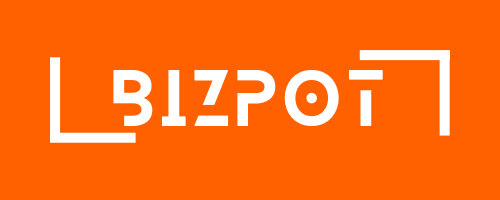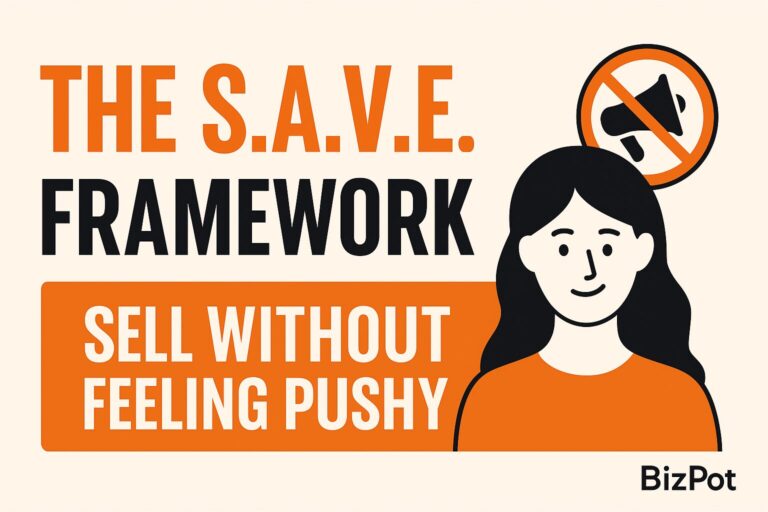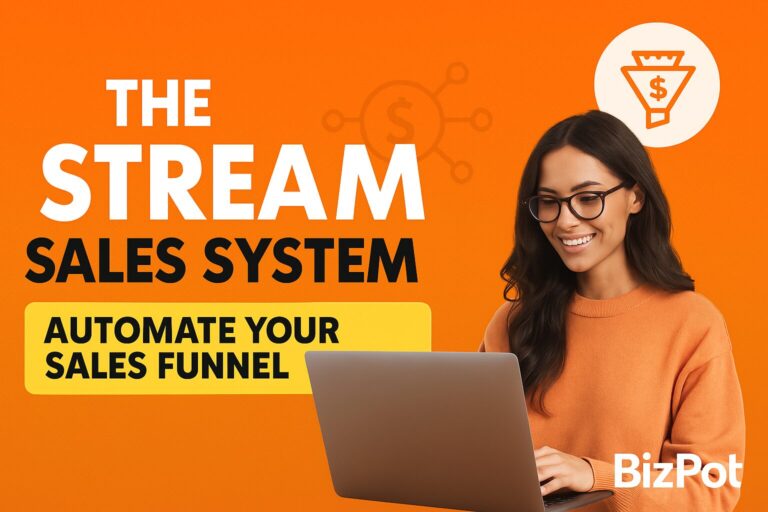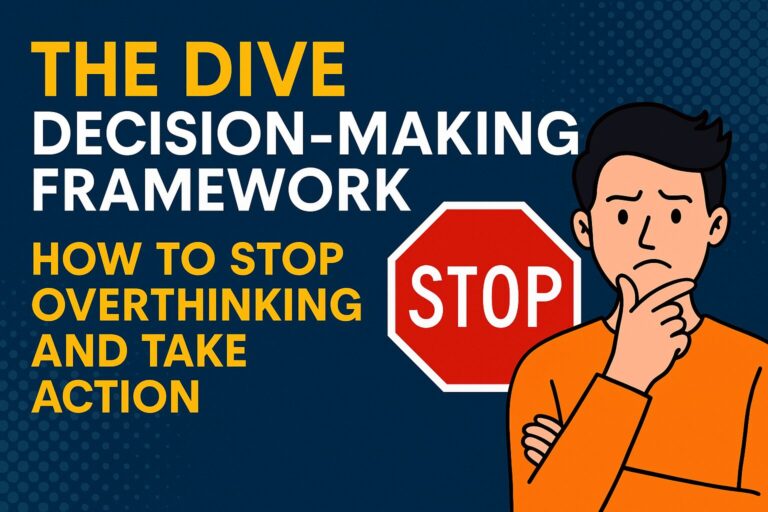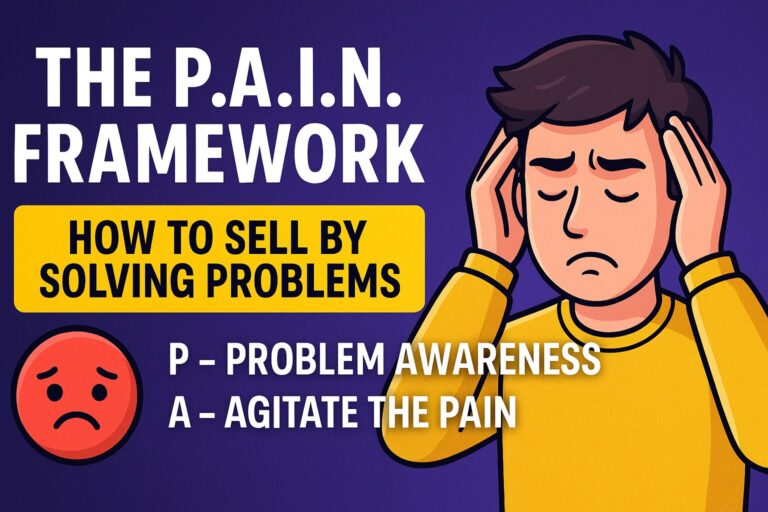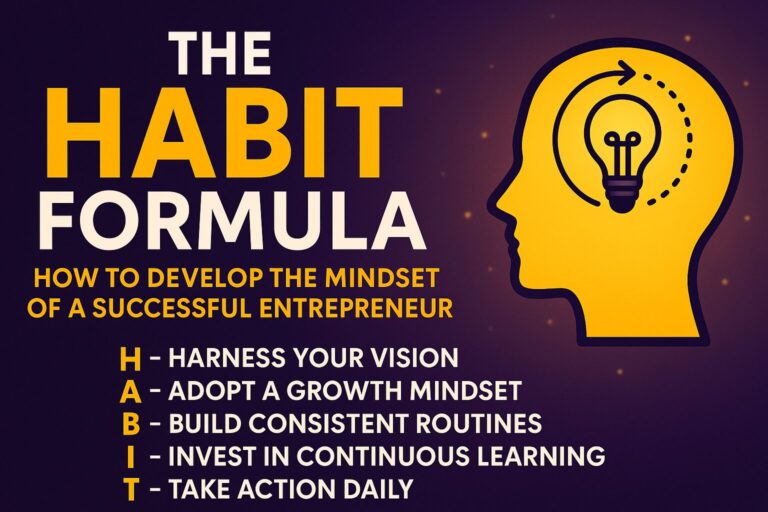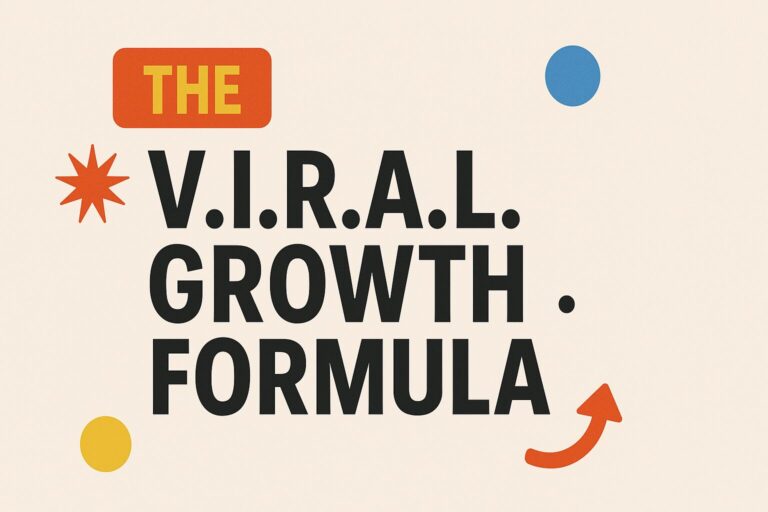3C Model
The Simple Way to Choose a Profitable Business Model
🔹 Introduction
One of the biggest mistakes new entrepreneurs make is choosing the wrong business model. A great idea can fail if the business model isn’t profitable or scalable. That’s where the 3C Model comes in—it simplifies the process of selecting a business model that works for your skills, market, and goals. By the end of this post, you’ll know exactly how to structure your business for success.
🔹 What Is the 3C Model?
The 3C Model helps you evaluate business models based on three key factors:
✅ C – Customer Demand
✅ C – Cost Structure & Profitability
✅ C – Control & Scalability
Let’s break each one down.
1️⃣ C – Customer Demand
Before committing to a business model, you need to confirm that customers actually want what you’re offering.
How to Evaluate Customer Demand:
- Are people actively searching for this solution? (Check Google Trends, Amazon, Reddit, Quora)
- Are competitors successfully selling similar products/services?
- Are potential customers already paying for similar solutions?
Example: If you want to sell digital marketing services, check if businesses actively hire marketing agencies or freelancers.
Action Step: Research 3-5 competitors and analyze their customer demand.
2️⃣ C – Cost Structure & Profitability
Every business model has different costs. Some require upfront investment, while others can start with almost no money.
How to Assess Cost & Profitability:
- What are the startup costs (inventory, software, marketing, etc.)?
- What are the ongoing expenses (subscriptions, team, advertising)?
- What are the profit margins (how much do you keep after costs)?
Example: A dropshipping business has low startup costs but smaller profit margins, whereas a coaching business has high margins but requires personal time investment.
Action Step: Choose a business model and estimate your costs vs. potential profit.
3️⃣ C – Control & Scalability
Your business model should fit your lifestyle and long-term goals. Ask yourself:
How to Measure Control & Scalability:
- Do you have control over pricing, branding, and customer relationships?
- Can the business grow without more personal time investment?
- Can you eventually automate or delegate tasks?
Example: A freelance writing business offers control but limited scalability, while an online course business can scale infinitely with little extra effort.
Action Step: Pick a business model that aligns with how much time and control you want.
🔹 Quick Takeaways (Summary)
✅ C – Customer Demand: Ensure people want and pay for this solution.
✅ C – Cost & Profitability: Understand startup costs, margins, and expenses.
✅ C – Control & Scalability: Pick a model that fits your goals and lifestyle.
